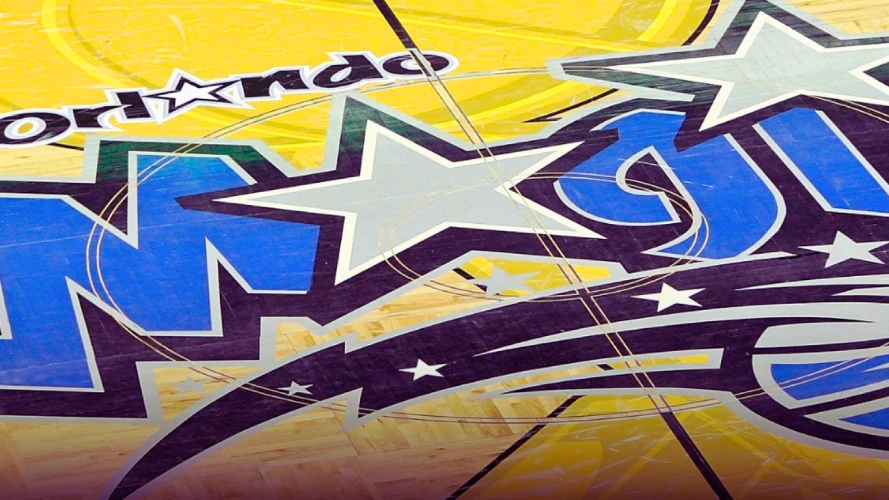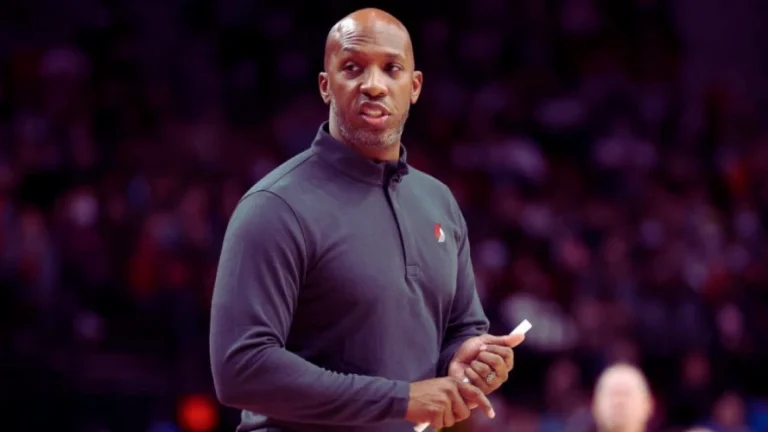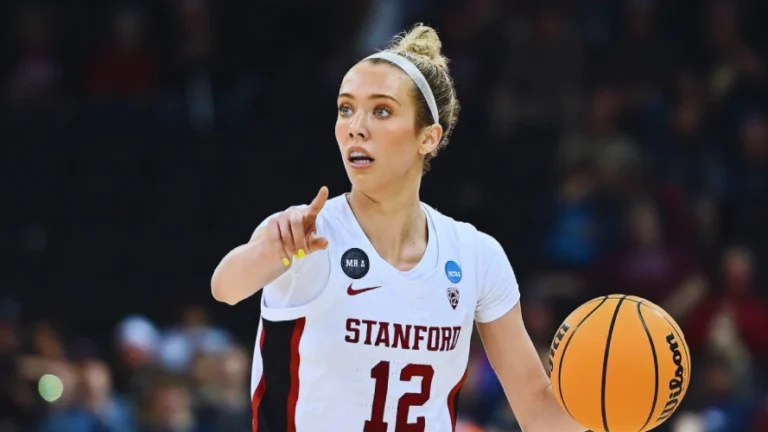In basketball, visuals matter. The sights that accompany a championship moment often become as memorable as the plays themselves. The confetti falling, the gleam of the Larry O’Brien Trophy, and the golden script that once marked the NBA Finals court all contributed to the spectacle of victory. For many fans, those images defined what greatness looked like. But during the 2025 NBA Finals between the Oklahoma City Thunder and the Indiana Pacers, something was missing. There were no logos on the court, no gleaming trophy design at center, and no elegant “Finals” script stretching across the hardwood. The game felt quieter, less grand, and the fans noticed immediately.
The reaction was swift. Social media filled with comments from fans and analysts who felt that the championship stage lacked its soul. The Finals, they argued, should look different from every other game. The court, after all, is part of the storytelling. Without those familiar marks of prestige, the event seemed to lose part of its identity.
Commissioner Adam Silver addressed the discussion during the Finals, acknowledging that the league had heard the disappointment loud and clear. He explained that the reason for the absence of on-court designs was rooted in safety. In the early 2000s, the logos were made from large vinyl decals applied directly to the floor. While they looked sharp under the lights, players complained that the slick surface created traction issues. During intense games, even a slight slip could change an outcome or risk an injury. Safety eventually won over aesthetics, leading to the quiet removal of the decals from the court.
But now, the NBA has found a solution that will allow history and safety to coexist. According to reports, beginning with the 2026 NBA Finals, the league will restore the classic on-court visuals that fans have missed for over a decade. Instead of using decals, the Larry O’Brien Trophy and Finals script will be painted directly onto the hardwood. These new painted designs will use non-slip materials that maintain grip for players while recreating the look that defined generations of NBA championship basketball.
This restoration marks more than a design decision. It is a return to the heart of what makes the Finals feel special. From 2005 onward, the center-court trophy design became a hallmark of the NBA’s biggest stage. The league introduced the large gold emblem to add a sense of grandeur and tradition, an idea that resonated immediately with players and fans alike. It was not simply decoration. It was a symbol of arrival, a visible reminder that the entire season had built toward this one moment.
The golden era of Finals imagery continued through the late 2000s. The 2009 Finals between the Los Angeles Lakers and Orlando Magic featured the last use of the giant center-court trophy decal. In those years, the “Finals” script logo was also introduced, giving broadcasts and photographs an unmistakable signature. But by 2014, the script was retired. The reasons were practical, but the loss was deeply felt. Fans grew accustomed to seeing the same uniform court during regular-season and playoff games, with no distinctive markings to signify the magnitude of the championship series.
In 2020, the league experimented with a different approach during the Orlando bubble. The Finals court featured a simple design with digital enhancements, but it lacked the weight and emotion of the painted or printed visuals. Then, in 2025, the NBA tried once more to modernize the look by digitally projecting the logos onto the floor. The idea was innovative but failed to resonate with fans, who described it as lifeless and disconnected. The message was clear. Tradition matters, and certain symbols carry emotional weight that technology cannot replace.
The new painted court will bring that tradition back, combining the nostalgia of the old designs with modern safety standards. The NBA’s decision reflects an understanding of its audience. Fans want the Finals to feel monumental, and players deserve a stage that honors the significance of their journey. A painted Larry O’Brien Trophy at center court and the elegant Finals script on the sideline will do exactly that. It restores the visual language that connects the past with the present.
The decision also reveals the league’s growing commitment to balancing innovation with heritage. Under Adam Silver, the NBA has embraced progress in many forms, from in-season tournaments to streaming innovations. But the return of these Finals designs shows a willingness to preserve the symbols that built the league’s identity. Sometimes, progress is about knowing when to look back.
This move has been met with excitement across the basketball community. Fans who grew up watching Kobe Bryant lift trophies on courts emblazoned with the golden emblem now see their memories validated. Younger fans who only experienced the minimalist versions of recent Finals will finally witness the grandeur that once defined those moments.
When the 2026 Finals tip off, the difference will be immediate. The lights will catch the gold paint at center court. The camera will pan across the shining words “The Finals,” and every shot will feel just a little heavier, a little more meaningful. The players will compete on a surface that tells them they are part of something larger than a single game.
The return of the Finals court design is not just about aesthetics. It is about atmosphere, identity, and legacy. The NBA has learned that history is not a burden but a bridge. And by painting that history back into the floorboards, the league has restored the very stage on which its legends are made.




